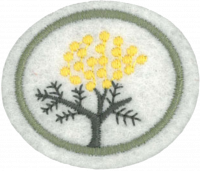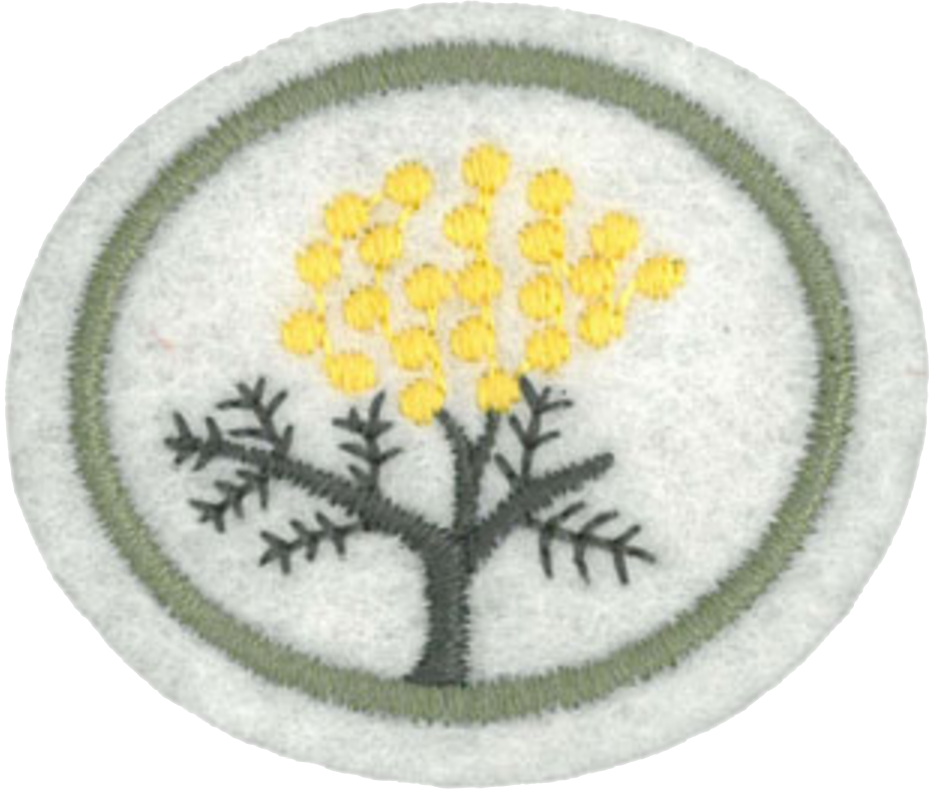Difference between revisions of "AY Honors/Wattles/Answer Key/pt-br"
(Created page with "</noinclude> <!-- 3. Como estão classificadas as acácias em dois grupos grandes? -->") |
(Created page with "</noinclude> <!-- 4. Qual é a forma da semente na vagem e de que maneira a maneira de estar na vagem ajuda na identificação? -->") |
||
| Line 33: | Line 33: | ||
{{CloseReq}} <!-- 3 --> | {{CloseReq}} <!-- 3 --> | ||
{{ansreq|page={{#titleparts:{{PAGENAME}}|2|1}}|num=4}} | {{ansreq|page={{#titleparts:{{PAGENAME}}|2|1}}|num=4}} | ||
| − | <noinclude> | + | <noinclude></noinclude> |
| − | </noinclude> | + | <!-- 4. Qual é a forma da semente na vagem e de que maneira a maneira de estar na vagem ajuda na identificação? --> |
| − | <!-- 4. | ||
| − | |||
| − | |||
{{clear}} | {{clear}} | ||
Revision as of 13:33, 12 August 2021
1
2
3
4
5
There are three subgenera of Acacias that retain bipinnate leaves when fully grown, namely Botrycephalae, Pulchellae, and Aculeiferum.
6
The first leaves to emerge from an acacia sprout are true leaves. In plants that will develop phyllodes, the true leaves persist until the plant is about a meter tall.
7
Before an acacia seed can germinate, the seed coat must be cracked. This can happen by any of several methods, but fire is the most common. People who grow wattles can crack the seed coats themselves using a three-cornered file. Seed coats can also be cracked by being run over by heavy machinery during construction projects, or by other physical stresses.
8
The phyllodes of the Acacia cyanophylla (Blue Leaf Wattle) have been used to feed sheep during times of drought.
9
The bark of various Australian species, known as wattles, is very rich in tannin and forms an important article of export; important species include Acacia pycnantha (Golden Wattle), Acacia decurrens (Tan Wattle), Acacia dealbata (Silver Wattle) and Acacia mearnsii (Black Wattle).
10
Most acacia species are used for valuable timber; such are Acacia melanoxylon (Blackwood) from Australia, which attains a great size; its wood is used for furniture, and takes a high polish; and Acacia omalophylla (Myall Wood, also Australian), which yields a fragrant timber, used for ornamental purposes.
11
Food uses
Acacia seeds are often used for food and a variety of other products.
12
20 fotografias onde possas mostrar os detalhes acima referidos.
The best approach to this requirement is to go out into the field and find some wattles - then identify them. There are numerous books and CDRoms available for purchase that will help in identifying the various species. There are also a few dichotomous keys online, such as this one which are free (though not necessarily easy to use).


